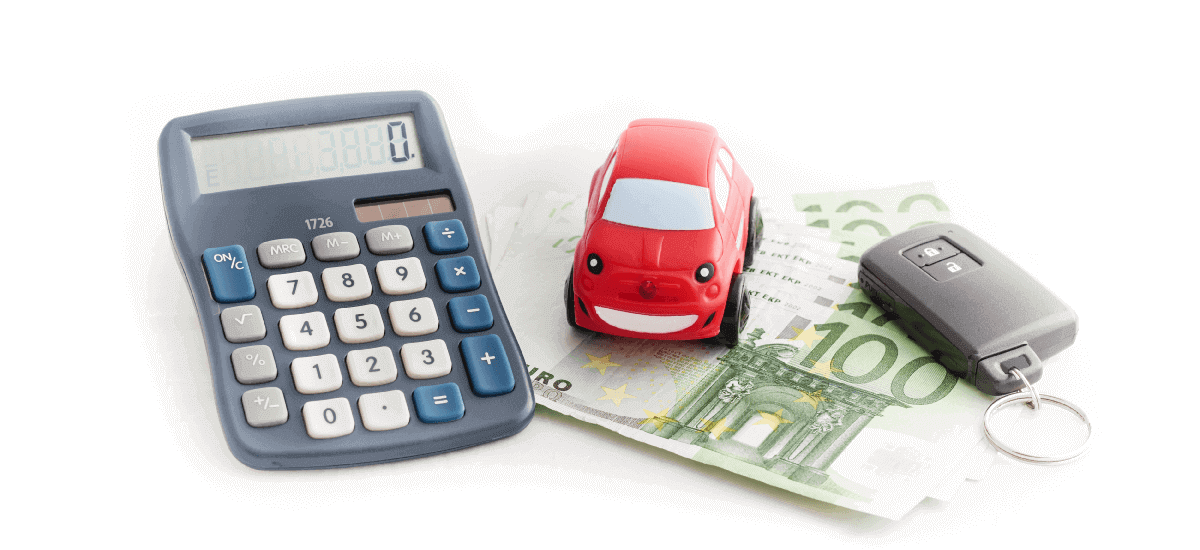One of the responsibilities that come with auto ownership is maintaining a reasonable amount of car insurance. This allows you access to resources that cover the costs of repairs after a covered event takes place. In many cases, how much you receive depends on the car’s current value. Here are a few ways that knowing that car value for insurance claims will come in handy.
Evaluating an Offer to Total The Car
In this instance, the insurance company has deemed the car to be a total loss. In other words, it will cost more to repair the vehicle than it would to replace it with one of equal value. This is not unusual, since many policies base decisions on the replacement value assigned to the car that’s insured.
What you may not know is that it’s possible to have the car appraised by a certified professional before you accept that offer. If your certified appraiser comes up with a different value, you may have grounds to challenge the offer to total the vehicle. This may have to do with totaling versus repairing the vehicle, or it could have to do with being able to receive a greater sum.
Considering the Idea of Filing a Claim For Diminished Value
The car wasn’t totaled, but the accident left the vehicle with a lower market value. It’s a good idea to have an appraiser evaluate the vehicle and determine what’s known as diminished value. This is the difference in the car’s market value from before the accident and what it’s worth after the repairs are made.
With older vehicles that have not reached the status of being classics, the difference may not be enough to bother with a diminished value claim. On the other hand, a diminished value that’s five figures or more may make such a claim viable. While you won’t recover the full difference, even a percentage can mean money in your pocket for various uses.
Understanding What the Car is Worth After Repairs
You may want to know what the car is worth after repairs for other reasons. For example, you may want to use the new figure as the basis for comparing different insurance policies. If you find that the cost of coverage would be lower if you used the new value, it’s worth keeping it in mind before choosing to renew your policy for another term.
See this as a way to save money now and still know the car value for insurance claims that may become necessary in the future. You can strike a balance between saving money on premiums now and still have enough coverage to cover most events that might happen over time.
Deciding If It’s Even Worth Filing Any Type of Claim
Here’s a point to keep in mind. You may decide that filing a claim with the auto insurance company is not worth it. By all means, still report the event to the insurance company, but if the damage is minor and you don’t want to go through the hassle, there’s always the option of making the repairs out of pocket.
Knowing the car value and taking your deductibles into consideration will tell you if paying for the repairs yourself would work. This can be the case when there’s not much left to cover once the deductible is paid. If the repairs are such that you could do them yourself for less than the deductible, then it makes sense to forget about filing a claim at all.
It pays to have a car appraised before you consider how to involve the insurance company with a claim. Once you have that figure in hand, it will be easier to decide what sort of action to take next.

